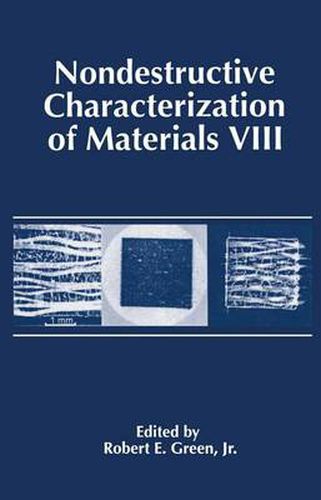Readings Newsletter
Become a Readings Member to make your shopping experience even easier.
Sign in or sign up for free!
You’re not far away from qualifying for FREE standard shipping within Australia
You’ve qualified for FREE standard shipping within Australia
The cart is loading…






Different physical models for the Snoek-type relaxation in ternary systems (Fe-C-Me) are analyzed from the viewpoint of a distance of interatomic interaction taken into account: For non-saturated from the viewpoint of overlapping of interatomic interaction in b.c.c. alloys the physically sufficient and optimal for the computer simulation is the short-range model, which takes into account the interatomic interaction and the average amount of substitutional atoms in the first coordination shell, only. For high alloyed b.c.c. systems (i.e. with the overlapped interatomic interaction) the carbon atom undergoes an interaction of a few substitutional atoms simultaneously. That leads to the appearance of one broadened Snoek peak. Activation energy of such a peak is summed from the elastic and chemical interatomic interactions. Experimental results for alloys with b.c.c. solid solution structure and its computer simulations allow to introduce the new criterion for the high alloy state of monophase steels: the high alloyed state corresponds to the situation when substitutional atoms can not be considered any longer as the isolated atoms. From the viewpoint of mechanical spectroscopy this situation corresponds to the appearance of one broadened IF Snoek-type peak instead of two peaks existed for the steels with lower substitutional atom concentration.
$9.00 standard shipping within Australia
FREE standard shipping within Australia for orders over $100.00
Express & International shipping calculated at checkout
Different physical models for the Snoek-type relaxation in ternary systems (Fe-C-Me) are analyzed from the viewpoint of a distance of interatomic interaction taken into account: For non-saturated from the viewpoint of overlapping of interatomic interaction in b.c.c. alloys the physically sufficient and optimal for the computer simulation is the short-range model, which takes into account the interatomic interaction and the average amount of substitutional atoms in the first coordination shell, only. For high alloyed b.c.c. systems (i.e. with the overlapped interatomic interaction) the carbon atom undergoes an interaction of a few substitutional atoms simultaneously. That leads to the appearance of one broadened Snoek peak. Activation energy of such a peak is summed from the elastic and chemical interatomic interactions. Experimental results for alloys with b.c.c. solid solution structure and its computer simulations allow to introduce the new criterion for the high alloy state of monophase steels: the high alloyed state corresponds to the situation when substitutional atoms can not be considered any longer as the isolated atoms. From the viewpoint of mechanical spectroscopy this situation corresponds to the appearance of one broadened IF Snoek-type peak instead of two peaks existed for the steels with lower substitutional atom concentration.